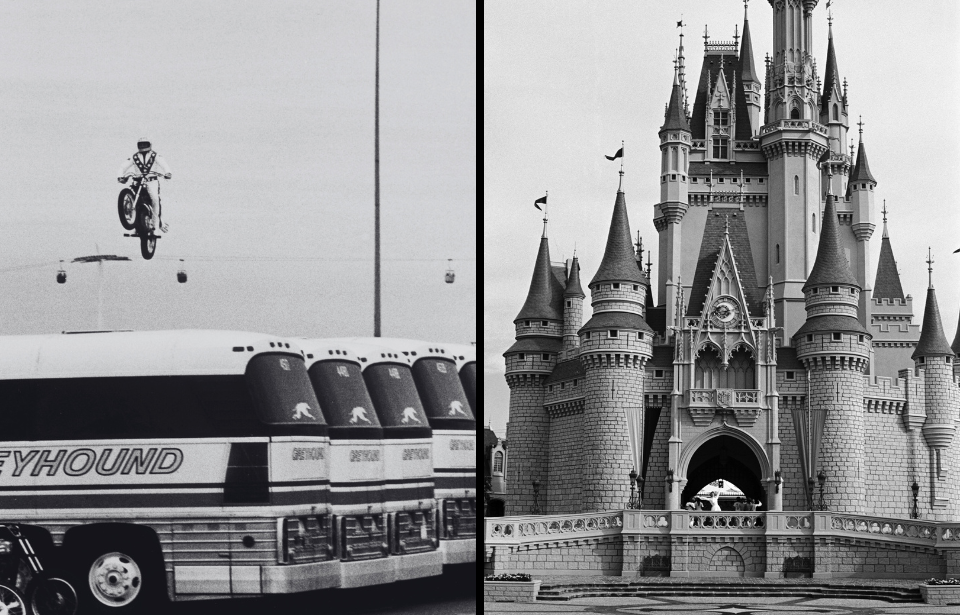The 1970s, a period of great transformation in America, holds a treasure trove of forgotten events that have, for some, been forgotten. From trending toys to daredevil stunts, these events serve as symbols of the decade. So, how many can you remember?
Walt Disney World first opened
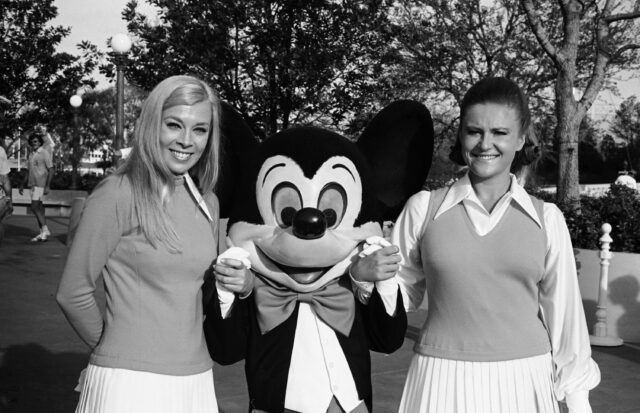
On October 1, 1971, the world saw the grand opening of Walt Disney World in Orlando, Florida. After years of preparation for the big day, the amusement park opened its gates to allow about 10,000 excited visitors to roam its grounds. Back when it first opened, it sat on 107 acres and operated with just 5,500 employees.
Today, Walt Disney World has grown immensely, with today’s park covering a whopping 27,520 acres of land and employing over 77,000 people. Additionally, the amusement parks have expanded to all corners of the world, with parks being found in America, China, Japan, and more!
Ford Pintos started exploding
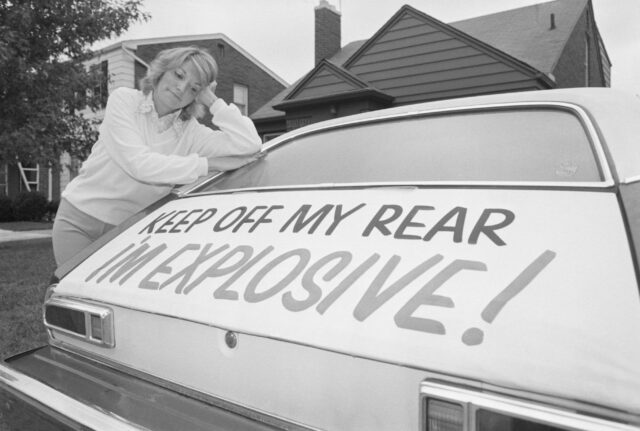
During the 1970s, the Ford Pinto became infamous for a critical safety flaw that made the compact car vulnerable to explosions. The design flaw was the placement of the fuel tank, situated in a way that rendered it susceptible to rupturing in rear-end collisions.
More controversy surrounded the Pinto when it was revealed that Ford had conducted a cost-benefit analysis, determining that the financial expenses of recalling and fixing the faulty design were less than potential legal costs from injuries and deaths. However, an investigation by the National Highway Traffic Safety Administration ordered Ford to recall all models manufactured between 1971 and 1976.
Jaws 2 was a flop
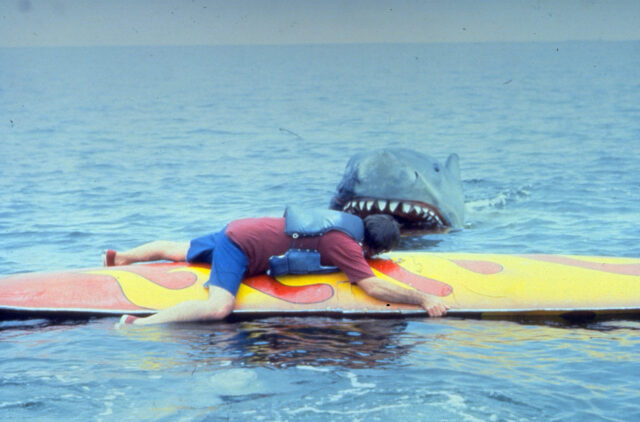
Released in 1978, Jaws 2 struggled to capture the same cinematic magic that made its predecessor a cultural phenomenon. The sequel, directed by Jeannot Szwarc, faced the daunting challenge of living up to Steven Spielberg‘s iconic original.
Despite featuring another shark terrorizing the waters of Amity Island, the film lacked the novelty and groundbreaking impact of the original Jaws (1975). Critics and audiences alike criticized the sequel for its formulaic approach and predictable storyline, and although the film achieved moderate commercial success, its performance paled in comparison to that of its predecessor.
MLB players went on strike
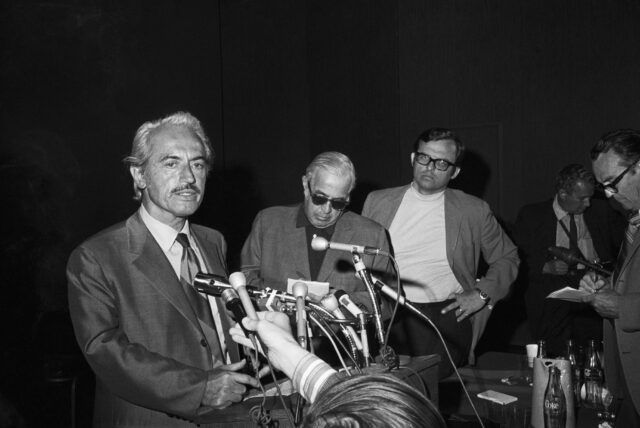
In 1972, Major League Baseball (MLB) experienced its first players’ strike. The primary catalyst for the strike was the players’ demand for increased pension benefits and improved working conditions. The players also wanted a higher share of the league’s revenue, which had been steadily increasing, and they wanted to secure better post-career benefits.
The strike, which lasted for 13 days, resulted in the cancellation of numerous games and the disruption of the regular season schedule. Team owners folded quickly under the pressure and revenue loss, and the players were able to achieve some of their goals, including improvements in pension plans and a salary arbitration system.
Everyone had ‘Pet Rocks’

In the 1970s, an unexpected fad took the nation by storm—the Pet Rock. Developed by Gary Dahl in 1975, the Pet Rock was a simple, smooth stone presented as an ideal, low-maintenance pet. Packaged in a small box with breathing holes and a humorous instruction manual, the Pet Rock became a sensation among the younger demographic.
Despite the idea of purchasing a Pet Rock being absolutely absurd, people embraced the novelty. As a fad targeted at kids and young teens, owning a Pet Rock was considered “cool.” However, just as quickly as the hype around Pet Rock skyrocketed, so did its plummet. Still, it remains a quirky and memorable period of the 1970s.
Evel Knievel made a record jump
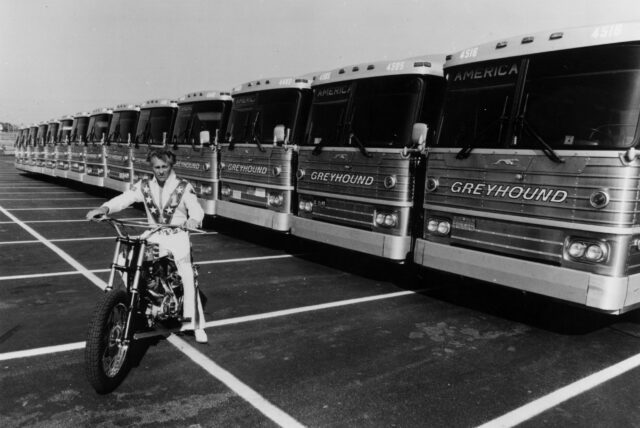
Evel Knievel, the legendary daredevil of the 1970s, etched his name into the annals of history following one of his most iconic feats: jumping over 14 Greyhound buses. In 1975, at Ohio’s Kings Island amusement park, Knievel revved the engine of his Harley Davidson motorcycle and soared over the lineup of Greyhound buses. The 14-bus jump was particularly challenging due to the sheer length of the lineup, requiring Knievel to achieve optimal speed, trajectory, and control.
Read more: These Were the Most Popular Jobs 300 Years Ago
However, as the roaring engine echoed through the air, Knievel soared over the towering buses, suspended in mid-air, before landing successfully on the other side. This stunt and many others solidified his place in history as an icon of extreme sports and entertainment, and he became a symbol of the spirit of the 1970s.
